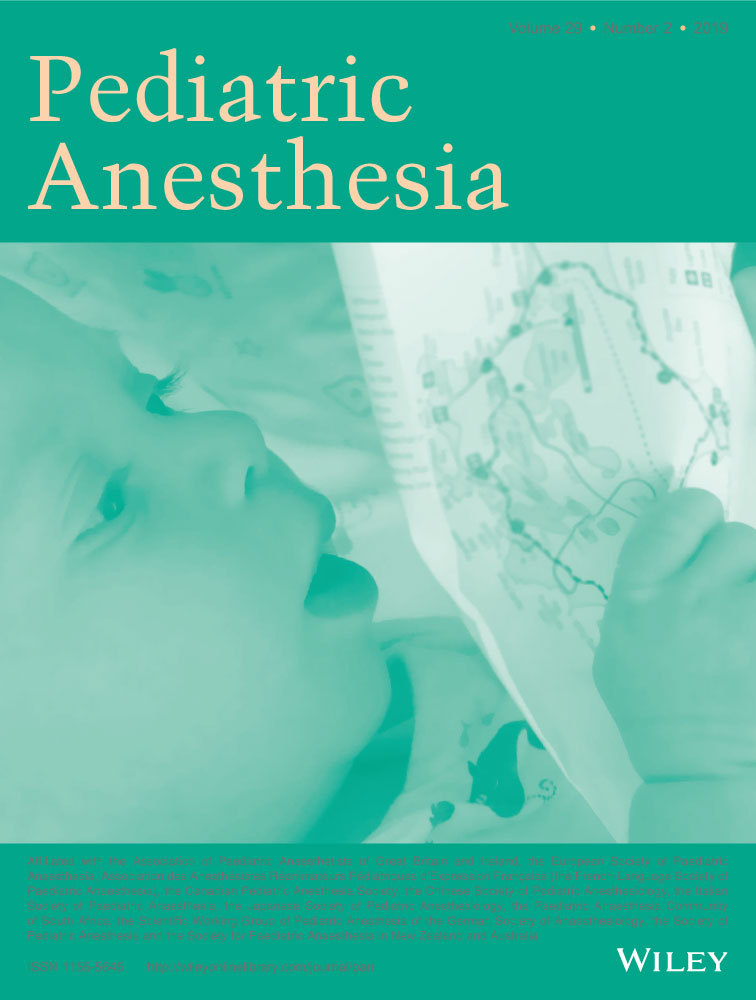Physico-chemical stability of Plasma-Lyte 148® and Plasma-Lyte 148® + 5% Glucose with eight common intravenous medications
Funding information
Nottingham University Hospitals Charity kindly donated £2500 (Paediatric Research Fund).
Summary
Background
Plasma-Lyte 148® is a balanced, crystalloid intravenous (IV) fluid which is both calcium-free and isotonic. It prevents the hyperchloremic metabolic acidosis and iatrogenic hyponatremia seen with use of 0.9% sodium chloride and hypotonic solutions, respectively. However, data on compatibility with commonly used drugs are lacking.
Aims
To investigate the stability of Plasma-Lyte 148® and Plasma-Lyte 148® + 5% Glucose with eight commonly used therapeutic agents when compared with 5% glucose and 0.9% sodium chloride as diluents. We aimed to provide vital data which may facilitate the introduction of what appears to be a safer and more economic fluid.
Methods
Plasma-Lyte 148® and Plasma-Lyte 148® + 5% Glucose were mixed with morphine, midazolam, fentanyl, ketamine, clonidine, aminophylline, salbutamol, and furosemide at set concentrations. Comparisons were made to 0.9% sodium chloride and 5% glucose fluid controls. Six repeats of each IV fluid and drug admixture were analyzed through high-performance liquid chromatography at three time points: 0, 2, and 24 hours. A concentration change of <5% was defined as chemically stable. Physical stability was assessed by observation of precipitate formation or color change. pH changes were measured using a Fisherbrand Hydrus 300 pH meter.
Results
Relative to starting concentration, all drugs except midazolam were stable to ±3%. All examined therapeutic agents were chemically stable at 2 and 24 hours relative to control solutions. No precipitate formed in any of the samples. All Plasma-Lyte 148® and Plasma-Lyte 148® + 5% Glucose drug admixtures remained in a safe, peripheral administration pH range of 5-9 and were closer to the pH of blood than standard fluid-drug admixtures.
Conclusion
Morphine, fentanyl, ketamine, salbutamol, aminophylline, and clonidine are stable for 24 hours when mixed with Plasma-Lyte 148® and Plasma-Lyte 148®+5% Glucose for administration at concentrations equivalent to those found at a typical Y-site with maintenance fluid. Furosemide is stable at lower concentrations than those seen at a Y-site, but midazolam displayed instability.
CONFLICT OF INTEREST
The authors report no conflict of interest.




